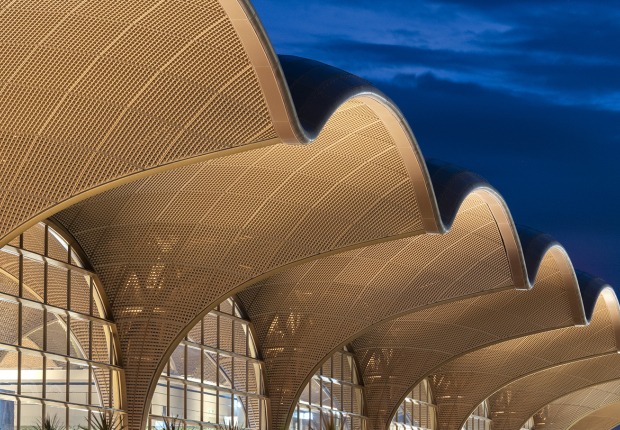September (check previously Picasso en Guillermo de Osma) brings another great exhibition on spanish artist; Picasso Sculpture is a sweeping survey of Pablo Picasso's profoundly innovative and influential work in three dimensions. Important loans will also come from institutions throughout Europe and the U.S., including the Centre Georges Pompidou, Tate Modern, The Art Institute of Chicago, and the Philadelphia Museum of Art, as well as many private collections including those belonging to the artist’s heirs. Also present will be icons from MoMA’s own extensive collection of Picasso’s sculpture, including the sheet metal Guitar (1914) and the bronze She - Goat (1950).
Over the course of his long career, Picasso devoted himself to sculpture wholeheartedly, if episodically, using both traditional and unconventional materials and techniques. Unlike painting, in which he was formally trained and through which he made his living, sculpture occupied a uniquely personal and experimental status in Picasso’s oeuvre. He approached the medium with the freedom of an autodidact, ready to break all rules. This attitude led him to develop a deep fondness for his sculptures, to which the many photographs of his studios and homes bear witness. Treating them almost as members of his household, he cherished their company and enjoyed recreating them in a variety of materials and situations. Picasso kept the majority of them in his private possession during his lifetime. It was only in 1966, through the large Paris retrospective Hommage à Picasso, that the public became fully aware of this side of his oeuvre. Following that exhibition, in 1967 MoMA presented The Sculpture of Picasso, which remains the first and last exhibition on this continent to survey the artist’s sculptures.
Picasso’s sculptures have long been regarded as the unknown side of Picasso’s practice - a generalization based on th eir relative lack of visibility as compared to the paintings, and Picasso’s decision to retain most of them in his own collection.
Picasso Sculpture will be installed throughout the entire fourth floor of MoMA’s galleries, allowing sufficient space for the sculptures to be viewed fully in the round. The exhibition will include a selection of relevant works on paper and about 30 of the remarkable photographs of Picasso’s sculptures taken by Brassaï (French, born Transylvania, 1899–1984). Picasso Sculpture is organized in chapters corresponding to the distinct periods during which the artist devoted himself to sculpture, each time exploring with fresh intensity the modern possibilities of this ancient art form. The exhibition focuses on the artist’s lifelong engagement with this genre from the point of view of materials and processes. The aim is to advance the understanding of what sculpture was for Picasso, and of how he revolutionized its history through a lifelong commitment to constant reinvention.
Venue.- 11 W 53rd St, New York, NY 10019, US.
Date.- from September 14, 2015 through February 7, 2016.
Organized by The Museum of Modern Art in collaboration with the Musée national Picasso-Paris.



![Pablo Picasso (Spanish, 1881–1973). Vase: Woman Vallauris, [1948]. White earthenware, painted with slips 18 11/16 x 6 1/2 x 4 5/16 in. (47.5 x 16.5 x 11 cm) Musée national Picasso–Paris. Image © 2015 Estate of Pablo Picasso/Artists Rights Society (ARS), New York. Pablo Picasso (Spanish, 1881–1973). Vase: Woman Vallauris, [1948]. White earthenware, painted with slips 18 11/16 x 6 1/2 x 4 5/16 in. (47.5 x 16.5 x 11 cm) Musée national Picasso–Paris. Image © 2015 Estate of Pablo Picasso/Artists Rights Society (ARS), New York.](/sites/default/files/styles/mopis_news_carousel_item_desktop/public/metalocus_moma_picasso_03_800.jpg?itok=iNw3NT5_)



























